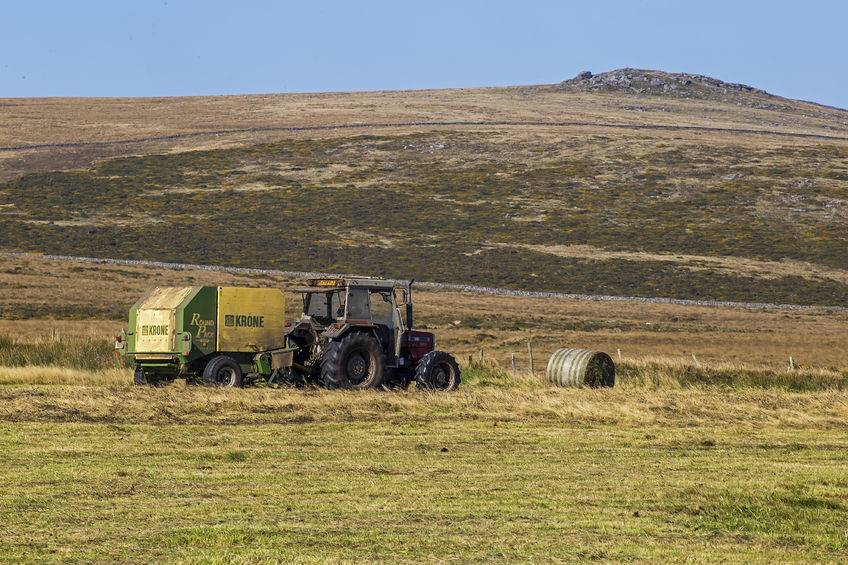
British farmers are spending too much on their farm machinery and are not getting a return on their expenditure.
AHDB and Strutt & Parker looked at machinery and labour costs across the 21 farms in the Monitor Farm scheme.
Although the reviews have found huge variation between farms, the key thing is is that machinery costs are too high.
They found that growers are using very high capacity machinery and are not getting the return on expenditure in either reduced labour hours, costs or higher yields.
Harry Henderson, who is AHDB’s Knowledge Exchange Manager, said: “Make no mistake; machinery is priced on the output it is capable of.”
“The biggest cost element in growing a tonne of wheat is machinery, at between 25 and 30 per cent of the total spend. So it has the biggest potential for some serious pre-Brexit reviewing.”
Annual machinery and labour costs ranged from £288 to £593/ha per hectare across the farms, which measured from 97 to 1,278 hectares.
Mr Henderson added: “Perhaps the surprising revelation is there is no correlation between farm sizes, meaning economies of scale are not being realised.”
Small businesses
Some of the smallest farm businesses also ran the lowest costs and a few of the larger units incurred the highest costs per hectare.
This means the common idea that scale helps to spread costs does not always ring true.
Mr Henderson explained: “While wet springs and catchy harvests mean that many farmers are keen to have increased drilling or harvesting capacity, farmers need to look at this policy in terms of cost to the business.”
Heavier, larger machines can also lead to deep compaction, which can take years to correct. Mr Henderson said that soil care loses out when larger machines are operated in questionable conditions.
“Although we don’t know what the new domestic agricultural policy will look like, there’s no doubt that rural payments will be less.
“Running tractors and machinery on non-essential work may well reduce the overall cost per hour of operation, but every hour is still a cost to the business."
He said the first step for farmers is to review their tractor usage and to keep what they already have for longer.
